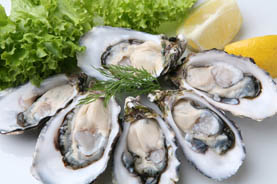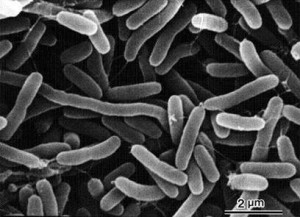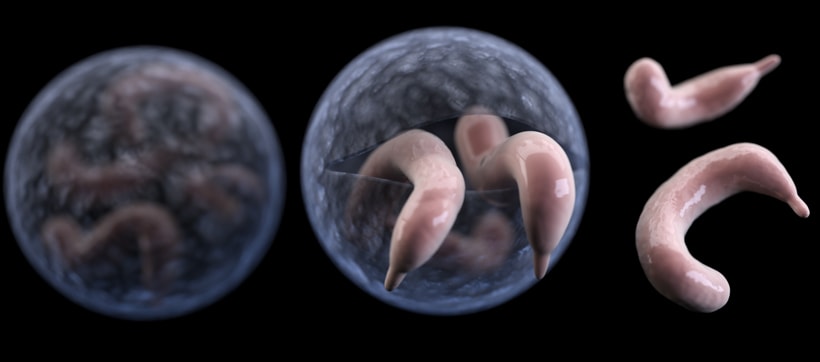Seven people fell ill and showed symptoms of scombroid poisoning after eating from the same food outlet in the Sydney CBD, Soul Origin café, in late February 2015. The tuna, which was served in sandwiches at the café, was suspected to have caused scombroid poisoning.
source: http://www.abc.net.au/news/2015-02-26/scombroid-fish-poisoning-linked-to-sydney-cafe-tuna/6263120
The New South Wales (NSW) Food Authority in Australia investigated that the canned product “John Bull Tuna Chunky Style in Sunflower Oil”, which Soul Origin café used, is a product of Thailand and imported into Australia by a Victorian company. This minor brand was used predominately in catering; it was not generally available to the public. The outbreak was not widespread and all affected product was removed from the market immediately.
source: http://ausfoodnews.com.au/2015/03/11/canned-tuna-food-safety-scare-linked-to-thai-factory.html
The NSW Food Authority tested the leftover tuna salad at the café to have 3950 micrograms of histamine per kilogram of tuna. The test result was well above the acceptable limit of 200 micrograms histamine per kilogram of fish.
Scombroid poisoning is an allergic-type reaction to elevated levels of histamine in fish. It occurs when an enzyme produced by naturally occurring bacteria in certain fish species (including tuna, sardines, mackerel, swordfish, and marlin) convert histidine in the fish to histamine. Elevated levels of histamine amino acids in the fish produce cause the food poisoning. The temperature abuse of the fish produce at the catching or processing stage is usually the cause of the scombroid poisoning. The presence of high level of histamine in fish shows that decomposition of fish produce has occurred. The histamine toxin is not inactivated by ordinary cooking methods, and the contaminated fish will not necessarily appear spoiled.
Symptoms of histamine poisoning occur quickly, usually within 30 minutes or a few hours upon ingestion of contaminated fish. The symptoms typically last for a few hours. However, in some cases, they can last for several days. Common symptoms of histamine poisoning including peppery or metallic taste sensation, tingling of mouth and lips, skin rash or itchy skin, headaches, and dizziness; nausea, vomiting and diarrhea may also occur in some cases. People with scombroid poisoning may be treated with antihistamines. Scombroid poisoning is rarely fatal, but it was thought to have killed a Australian mother and daughter, Noelene and Yvana Bischoff, while they were on vacation in Bali in January 2014. However, the case is extremely rare.
Here is the news article on the tragedy happened in Bali:
http://www.news.com.au/national/bali-deaths-of-noelene-and-yvana-bischoff-from-fish-poisoning-impossible-to-predict/story-e6frfkp9-1226818860731
Histamine poisoning is rare, and there have been less than 10 outbreaks of histamine poisoning with 187 people diagnosed with the poisoning in Australia over the past 10 years.
Since histamine is not destroyed by heat treatments, buying seafood from reputable sources to ensure the product is kept refrigerated when it is being transported and stored becomes the best way to protect us against scombroid poisoning.
News sources & Reference:
Australian Broadcasting Corporation, 2015. Scombroid Fish Poisoning Linked to Sydney Café after Four Customers Fall Ill. Retrieved from http://www.abc.net.au/news/2015-02-26/scombroid-fish-poisoning-linked-to-sydney-cafe-tuna/6263120
Australian Food News, 2015. Canned Tuna Food Safety Scare Linked to Thai Factory. Retrieved from http://ausfoodnews.com.au/2015/03/11/canned-tuna-food-safety-scare-linked-to-thai-factory.html
Canadian Food Inspection Agency, 2012. Food Safety Facts on Scombroid Poisoning. Retrieved from http://www.inspection.gc.ca/food/information-for-consumers/fact-sheets/food-poisoning/scombroid/eng/1332280657698/1332280735024
Daily Mail Online, 2014. Australian Mother and Daughter Who Died in Bali Hotel Room Victims of Rare Fish Poison. Retrieved from http://www.dailymail.co.uk/news/article-2551853/Australian-mother-daughter-died-Bali-hotel-room-victims-RARE-fish-poison-combined-asthma.html
Food Standards Australia New Zealand, 2015. Histamine (Scombroid) Fish Poisoning. Retrieved from http://www.foodstandards.gov.au/consumer/safety/Pages/Histamine-(Scombroid)-fish-poisoning.aspx
New South Wales Food Authority, 2015. Update: NSW Food Authority Investigation into Scombroid at Sydney Café. Retrieved from http://www.foodauthority.nsw.gov.au/news/media-releases/mr-26-Feb-15-scobroid-sydney-cafe#.Vk_Ii0ujZ4U

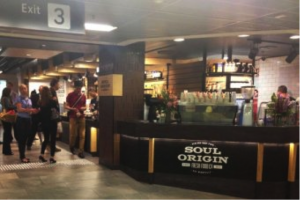
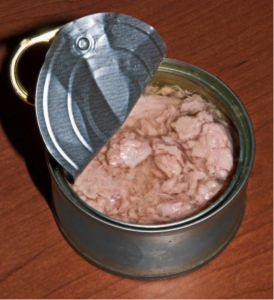
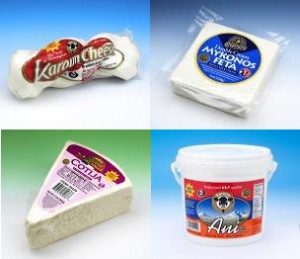


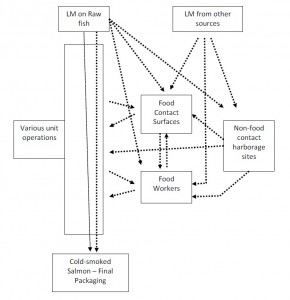
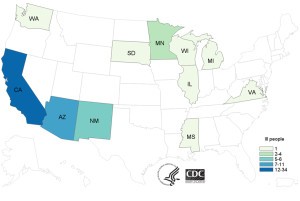
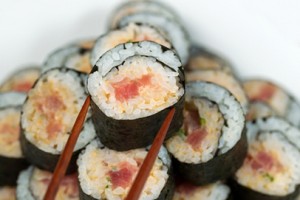
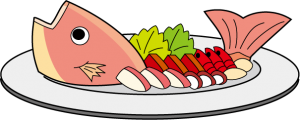
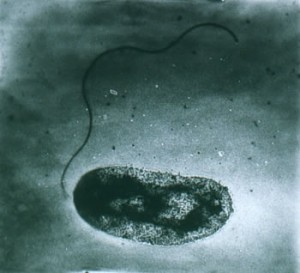
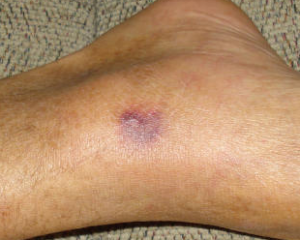
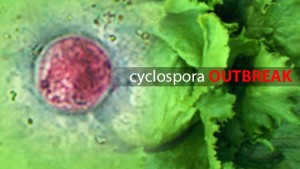
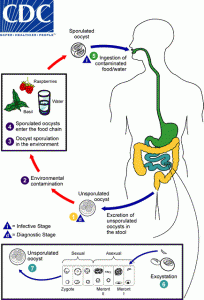
 Cholera, an infection that is commonly found in central Africa, has affected thousands of millions of people every year, according to the World Health Organization (WHO). Cholera is an acute diarrheal disease that is caused by the strains of a bacterium called Vibrio cholerae. V. cholerae is a pathogen that colonizes the small intestine and causes symptoms such as watery diarrhea and vomiting. If left untreated, people will suffer from severe dehydration and leads to death within hours.
Cholera, an infection that is commonly found in central Africa, has affected thousands of millions of people every year, according to the World Health Organization (WHO). Cholera is an acute diarrheal disease that is caused by the strains of a bacterium called Vibrio cholerae. V. cholerae is a pathogen that colonizes the small intestine and causes symptoms such as watery diarrhea and vomiting. If left untreated, people will suffer from severe dehydration and leads to death within hours.
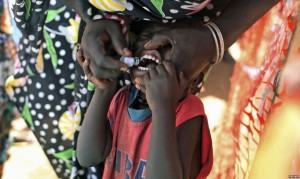 The method people use to treat cholera is by oral rehydration salts (ORS), a treatment that is indicated by WHO. Severe diarrhea will leads to dehydration so ORS is a very effective and efficient way on rehydrating people. Anitibiotics are also used to shorten diarrhea duration. To control the outbreak of cholera due to weather such as raining season, they will introduce cholera vaccines to people. The following video shows the situations people are facing in Africa and how they are treating cholera using vaccination. In order to prevent cholera outbreak, improving sanitation and access of safe drinking water are the keys, which are also indicated on the video. We shall not neglect the importance of improving environmental conditions such as household hygiene, water filtration, development of water pipe system by treating disinfectants, etc. These strategies can upgrade their living conditions and minimize the chance of getting infected.
The method people use to treat cholera is by oral rehydration salts (ORS), a treatment that is indicated by WHO. Severe diarrhea will leads to dehydration so ORS is a very effective and efficient way on rehydrating people. Anitibiotics are also used to shorten diarrhea duration. To control the outbreak of cholera due to weather such as raining season, they will introduce cholera vaccines to people. The following video shows the situations people are facing in Africa and how they are treating cholera using vaccination. In order to prevent cholera outbreak, improving sanitation and access of safe drinking water are the keys, which are also indicated on the video. We shall not neglect the importance of improving environmental conditions such as household hygiene, water filtration, development of water pipe system by treating disinfectants, etc. These strategies can upgrade their living conditions and minimize the chance of getting infected.